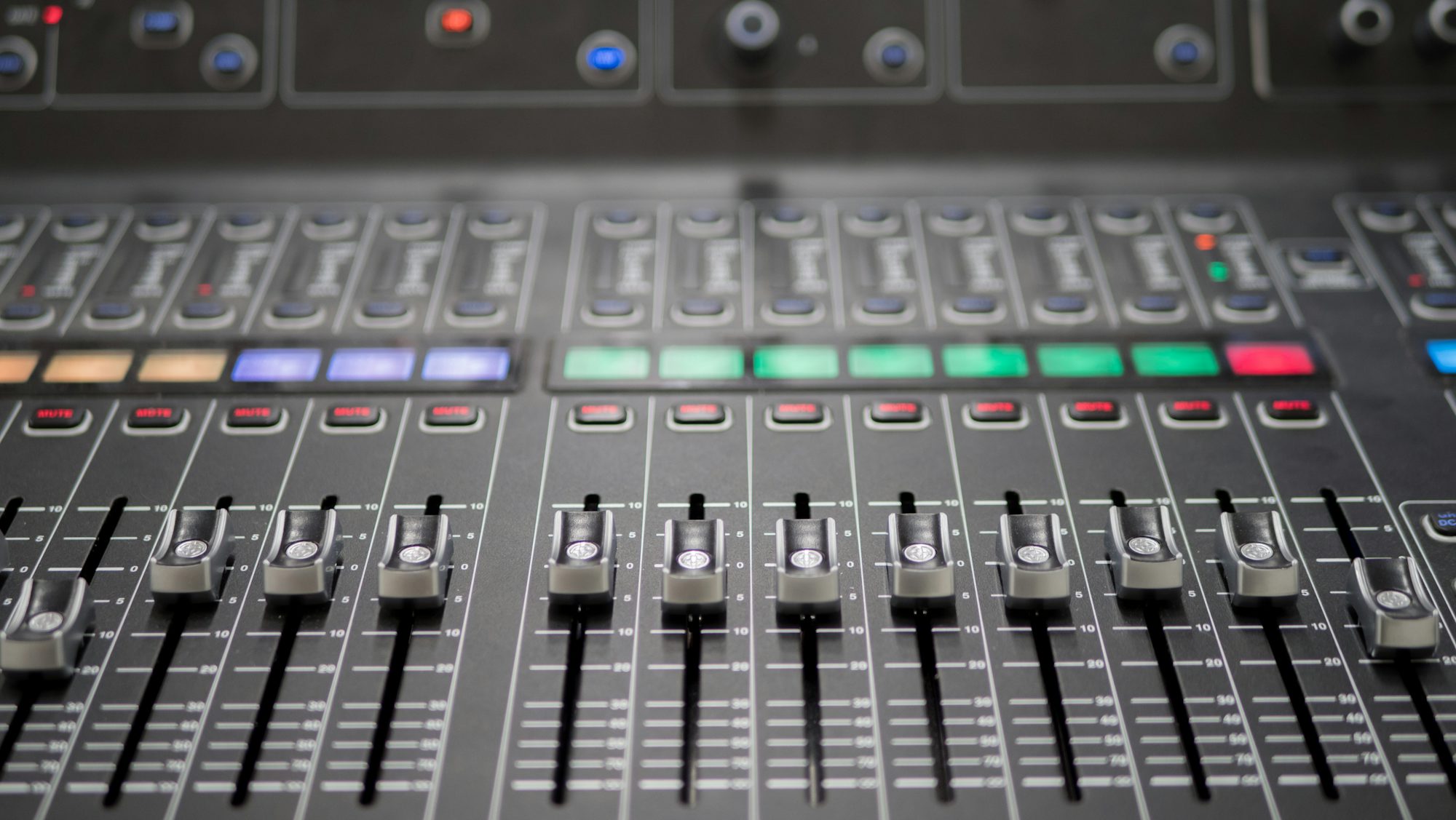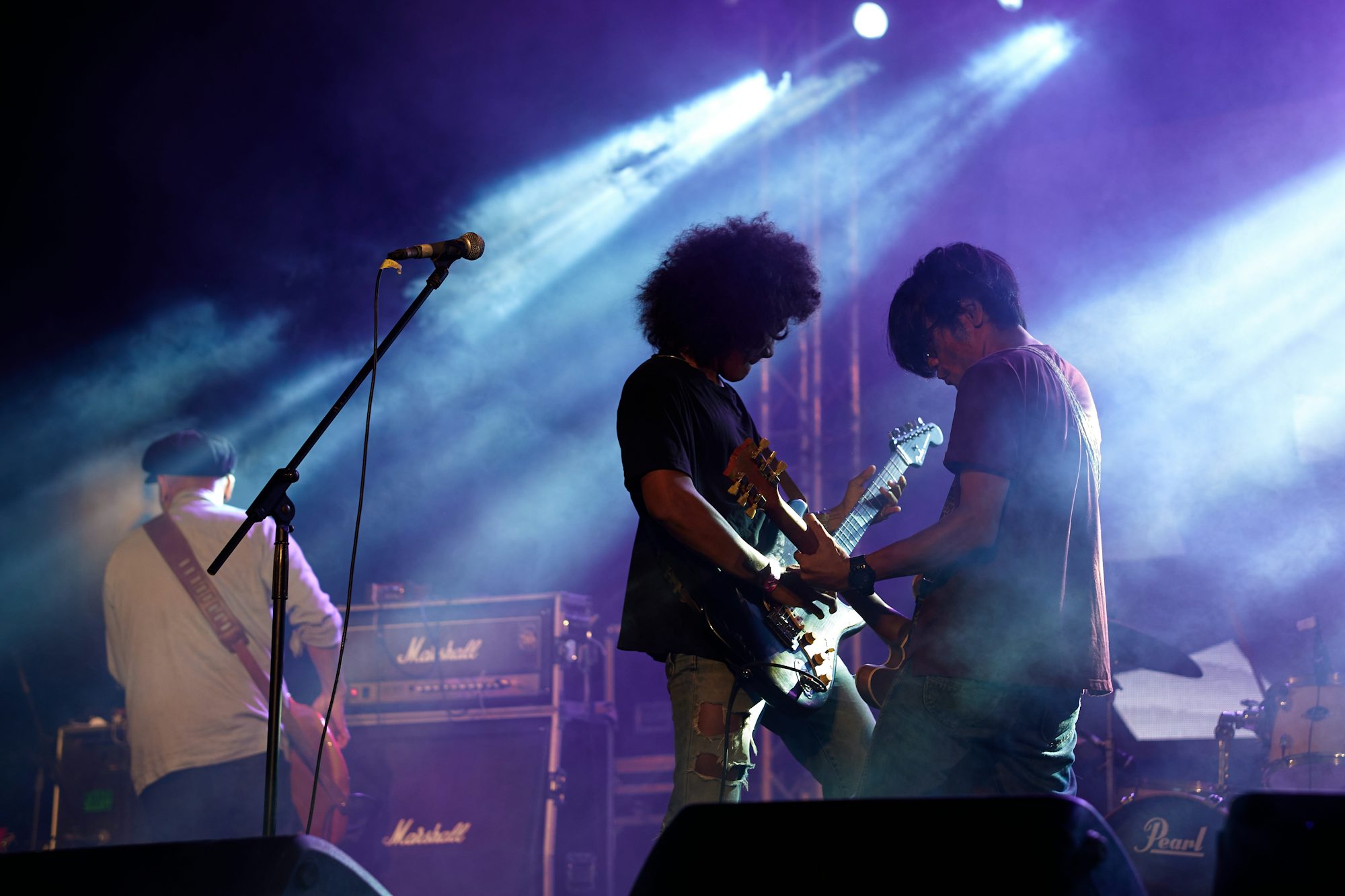Piano music is a remarkable and versatile art form that has evolved over centuries, showcasing a wide range of styles, emotions, and cultural influences. This exploration into the world of piano music will take us through its rich history, highlighting key genres, renowned composers, and the unique characteristics that define each era. From the intricate works of classical composers to the innovative sounds of contemporary artists, the piano has maintained its relevance and appeal across generations.
The Classical Foundations: A Timeless Beginning
The origins of piano music can be traced back to the early 18th century with the invention of the pianoforte, an instrument that allowed for greater dynamic expression compared to its predecessors. This innovation set the stage for a new era of music, as composers began to explore the piano’s capabilities. The Baroque period introduced the works of composers such as Johann Sebastian Bach and George Frideric Handel, whose keyboard compositions remain foundational in the piano repertoire. Bach’s Goldberg Variations and The Well-Tempered Clavier showcase his mastery of counterpoint and harmonic exploration, allowing performers to delve deep into emotional expression.
As the Classical era emerged, composers like Wolfgang Amadeus Mozart and Ludwig van Beethoven took center stage. Mozart’s works, particularly his piano sonatas, exhibit clarity, balance, and a lyrical quality that captivates listeners. Pieces such as Sonata No. 16 in C Major highlight his gift for melody and structure. Beethoven, on the other hand, expanded the emotional landscape of piano music, introducing dramatic contrasts and personal expression. His compositions, including the famous Moonlight Sonata, blend serene beauty with intense passion, illustrating the depth of human emotion through music.
The Romantic Era: A Symphony of Emotion
The Romantic period marked a significant shift in the approach to piano music, as composers sought to express individual feelings and personal narratives. Frédéric Chopin stands out as a central figure of this era, renowned for his poetic and expressive piano compositions. His nocturnes, waltzes, and études explore a wide array of emotions, with pieces like Nocturne in C-sharp Minor showcasing his ability to evoke deep introspection and longing. Chopin’s unique style, characterized by lyrical melodies and intricate harmonies, has left an indelible mark on the piano repertoire.
Franz Liszt further revolutionized piano music during the Romantic period, bringing virtuosity and theatricality to the instrument. His compositions, such as Hungarian Rhapsody No. 2, not only display technical brilliance but also captivate audiences with their emotional intensity. Liszt’s innovative use of the piano as a solo instrument paved the way for future pianists, establishing new standards for performance and composition.
Contemporary Innovations: Expanding Horizons
As the 20th century unfolded, the landscape of piano music began to diversify dramatically. The Impressionist movement emerged, with composers like Claude Debussy and Maurice Ravel introducing new harmonic palettes and innovative textures. Debussy’s Clair de Lune exemplifies the ethereal quality of Impressionism, capturing a dreamlike essence that transports listeners to another world. Ravel’s Gaspard de la Nuit combines technical complexity with rich emotional depth, showcasing the piano’s versatility in conveying intricate musical ideas.
Simultaneously, jazz began to rise in prominence, profoundly influencing the development of piano music. Pioneering jazz pianists such as Art Tatum and Duke Ellington infused their performances with improvisational flair and rhythmic sophistication. Tatum’s virtuosic style set new standards for jazz performance, while Ellington’s compositions incorporated the piano into larger ensembles, blending elements of swing and blues. The emergence of Bebop brought new complexities, with artists like Thelonious Monk and Bud Powell redefining jazz piano through innovative harmonies and intricate melodic lines.
Minimalism and Modern Trends: A New Sound
The latter half of the 20th century introduced minimalism, a movement characterized by repetitive patterns and a focus on simplicity. Composers like Philip Glass and Steve Reich explored the potential of the piano through minimalist techniques. Glass’s Piano Etudes feature mesmerizing rhythms that invite listeners into a meditative space, while Reich’s Piano Phase challenges traditional musical structures by layering two identical piano lines that gradually shift out of sync, creating an entrancing auditory experience.
Contemporary composers like Ludovico Einaudi and Yiruma have gained international acclaim by blending classical influences with modern sensibilities. Einaudi’s Nuvole Bianche captivates with its emotional depth and simplicity, while Yiruma’s River Flows in You resonates widely for its lyrical beauty and accessible style. Both artists exemplify a trend where classical and contemporary elements coalesce, appealing to diverse audiences and keeping the piano relevant in modern music.
The piano’s role in popular music has also expanded significantly, with artists such as Elton John, Billy Joel, and Adele incorporating the instrument into their songwriting. Elton John’s iconic ballads, like Your Song, highlight the piano’s ability to convey deep emotion and storytelling. Similarly, Billy Joel’s Piano Man captures the essence of narrative through music, showcasing the piano as a vital tool for expression. Adele’s powerful ballads often feature poignant piano arrangements that enhance her vocal performances, demonstrating the instrument’s versatility in modern songwriting.
Global Influences: The Piano Across Cultures
Piano music transcends cultural boundaries, with diverse influences shaping its evolution worldwide. Latin piano music, represented by artists like Chucho Valdés and Egberto Gismonti, incorporates vibrant rhythms and styles rooted in Latin American traditions. Valdés, known for his mastery of Afro-Cuban rhythms, seamlessly blends jazz improvisation with traditional Latin music, showcasing the piano’s adaptability and global appeal.
The world music movement further encourages collaborations between pianists and musicians from various cultural backgrounds. This fusion creates unique soundscapes that celebrate diversity, inviting audiences to experience a broader spectrum of musical expressions. By integrating elements from different musical traditions, pianists contribute to an ever-evolving repertoire that enriches the global music scene, fostering creativity and collaboration across genres.
Conclusion: The Enduring Legacy of Piano Music
The art of piano music is a dynamic tapestry that reflects the rich history of human creativity and expression. From the intricate compositions of classical and Romantic eras to the innovative sounds of contemporary artists, the piano continues to captivate audiences with its versatility and emotional power. As musicians explore new genres and blend cultural influences, the piano remains a vital instrument in the landscape of music, inviting listeners to connect with its beauty and depth. Whether through classical masterpieces, jazz improvisations, or contemporary ballads, the enduring legacy of piano music speaks to the universal human experience, celebrating the profound impact of this remarkable instrument on the world of music.


